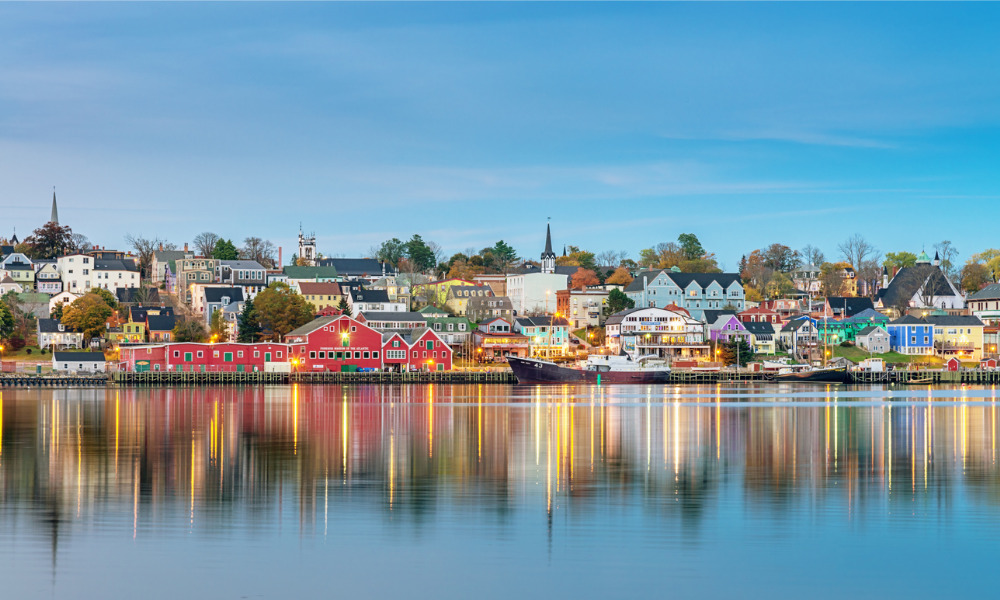The province needs sustained investment from all levels of government to cultivate its skilled construction workforce, says executive

The ongoing crisis in Nova Scotia’s housing supply is a “generational challenge” that requires a similarly historic solution, according to Duncan Williams, president and CEO of the Construction Association of Nova Scotia.
The province’s housing construction plans continue to be hobbled by mounting costs, which stresses the need for the NS government to take immediate action, Williams said.
“This is a once-in-a-generation challenge,” he told The Canadian Press.
Williams noted that the effort needed would be similar to the rebuilding seen after the devastation wrought by the Halifax Explosion more than a century ago.
“Most of the folks that were around then and would have helped plan through that, obviously, are not with us anymore … [but] we’ve done this before. We just need to go back and dust off some of the history for how it got done.”
With the province currently having between 2,000 and 3,000 construction job openings, Williams said that NS needs sustained investment from all levels of government to cultivate its skilled workforce, and consequently accelerate the rate of construction.
Williams added that he’s considering help from overseas tradesmen, “anywhere from drywall, to carpentry, to finish carpentry and pretty much anything in between.”
#CMPTV: John Vo of Spicer Vo Mortgage, on how the #NovaScotia mortgage market has shaped up in recent times including an insight into prospects for first-time buyers in the province, affordability concerns, & more.
— Canadian Mortgage Professional Magazine (@CMPmagazine) April 21, 2023
Watch the interview: https://t.co/GrzVaVUttj#mortgage #market
At present, the pace of home building in Nova Scotia remains insufficient to address current and projected levels of demand.
“We’ve set very aggressive immigration targets, which is wonderful, but we need places for them to live as well,” Williams said earlier this year.
Data from the Canada Mortgage and Housing Corporation (CMHC) showed that in the period between 2017 and the present, the province’s housing starts reached a peak of 5,310 units in 2021. The rate subsequently declined to 4,877 units in 2022.
“That has to change,” Williams said. “If we’re going to see a doubling of the population, based on current composition of households, we would need to be in that 15,000 to 16,000 units per year across the province. So it would be quite a stark contrast to where we are today.”



